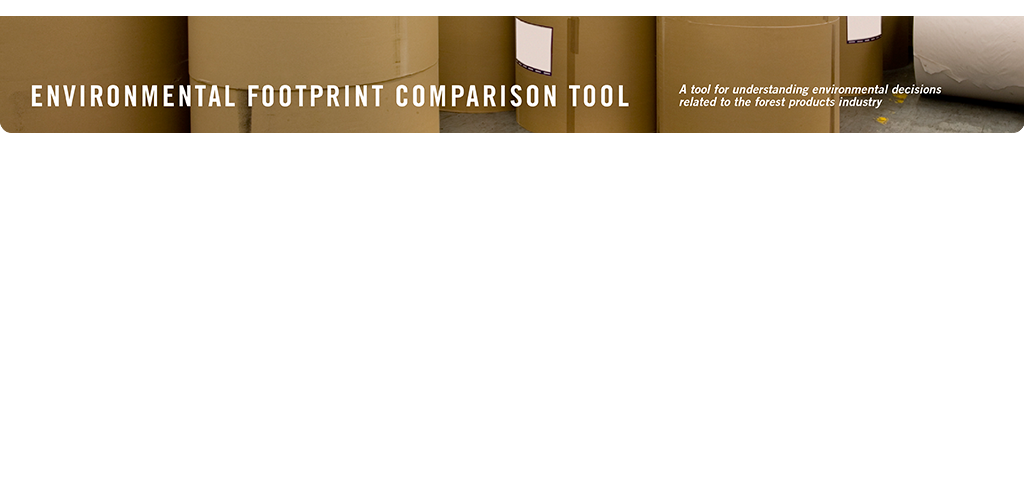
Objectionable odors can arise from a number of sources. Reduced sulfur odors, causing a “rotten egg”
smell, have been associated with emissions from kraft mills, although recent control requirements have
greatly reduced these odors. At an increasing number of kraft mills, process-related odors are noticed in
communities only during intermittent process upsets. Reduced sulfur compounds as well as other types of
compounds (e.g., certain organic acids) can also create odors that are noticed in the vicinity of virgin and
recycled paper mill waste treatment facilities.
Recycled paper mills do not have the reduced sulfur process-related odors that are associated with kraft
mills, but other common sources of community odor are not related to whether a mill is a recycled or
virgin mill. Odors can arise from sludge dewatering areas (hydrogen sulfide and volatile organic acids) as
well as the wastewater treatment area. If sulfate is present in the wastewater, it can be converted to
hydrogen sulfide by sulfate-reducing bacteria, especially if anaerobic conditions are present during
wastewater treatment. Hydrosulfite, which is commonly used to bleach recycled fiber, can provide a
source of sulfate in the wastewater. These issues are often avoided by maintaining an oxidative
environment in the wastewater treatment system.
When considering these aspects in the context of comparing recycled and virgin fiber, note that trade-offs
undertaken at an individual mill site ultimately have cascading effects through the overall industry’s fiber
cycle. Given that the recycled and virgin fiber cycles are inherently interrelated [See Overview], shifts in
environmental aspects due to changes in the usage of one fiber type versus another result in shifts
elsewhere in the fiber cycle. Life cycle assessment (LCA) is a tool that can help examine these
interactions. LCA, particularly in the context of looking at the manufacturing of recycled versus virgin fiber
pulp, is discussed in NCASI Technical Bulletin No. 1003.

- WATER
- ENERGY
- GREENHOUSE GASES
- CHLORINATED COMPOUNDS
- WOOD USE
- ODOR
- EMISSIONS TO AIR
- DISCHARGE TO WATER
- SOLID WASTE
- Lowgrid10
- Lowgrid11
- Lowgrid12
- Lowgrid13
- Lowgrid15
- Lowgrid16
- Lowgrid17
- Lowgrid18
- Lowgrid19
- Lowgrid20
- Lowgrid21
- Lowgrid22
- Lowgrid24
- Lowgrid25
- Lowgrid26
- Lowgrid27
- Lowgrid28
- Lowgrid29
- Lowgrid30
- Lowgrid31
- Lowgrid32
- Lowgrid33
- Lowgrid34
- Lowgrid35
- Lowgrid36
- Lowgrid37
